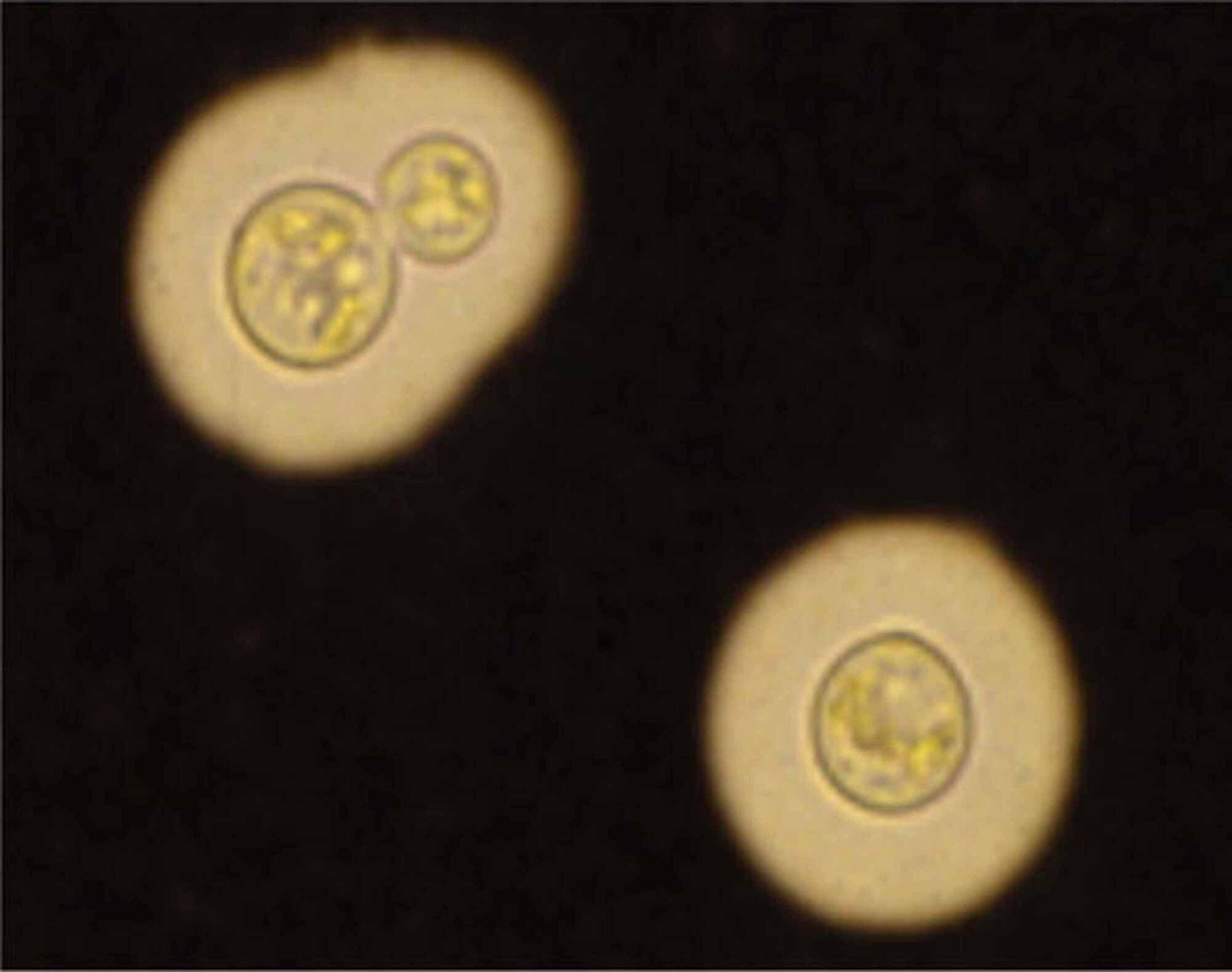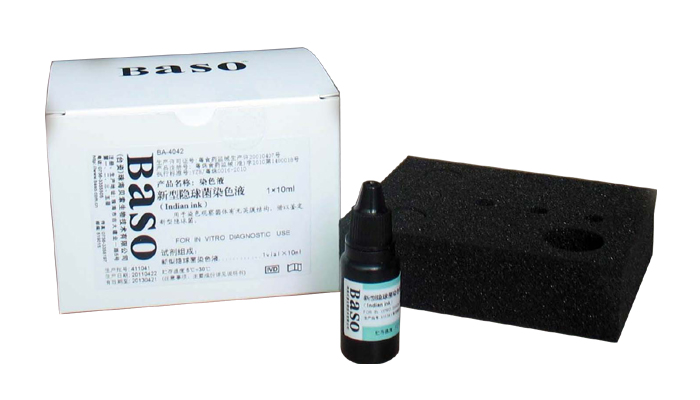
- #INDIA INK STAINING CRYTPOCOCCOIS HOW TO#
- #INDIA INK STAINING CRYTPOCOCCOIS SERIAL#
- #INDIA INK STAINING CRYTPOCOCCOIS UPDATE#
positive BDG) versus paradoxical immune reconstitution inflammatory syndrome (IRIS) with negative BDG. Although BDG is inferior to CrAg LFA in regards to diagnosis of first-episode cryptococcal meningitis, potential applications include to use as a prognostic indicator for mortality, to monitor treatment response, and to help differentiate culture-positive relapse (i.e.

BDG was found to rapidly decline with the start of antifungal therapy, falling ~50% after 4 days, unlike CrAg titers, which may continue to persist long after the completion of antifungal therapy. Detectable levels of BDG in CSF were found to correlate with quantitative fungal cultures, and BDG values of >500 pg/mL were associated with increased mortality. In this study, the Fungitell BDG assay (Associates of Cape Cod, Inc., Falmouth, Massachusetts) was found to have a sensitivity of 89% and a specificity of 85% as compared to the CrAg LFA. High levels of (1→3)-β-D-Glucan (BDG), for instance, were observed in the CSF of a recent cohort of Ugandan and South African HIV-infected patients with cryptococcal meningitis ( 19). In addition to these primary modalities available for diagnosing cryptococcal meningitis, non-specific markers of fungal infection should raise a concern for cryptococcosis in immune-compromised patients, and may play a useful role in prognosis and classification. However, performing CrAg titers can be labor intensive, requiring extra diluent, and increasing the cost. The use of India ink staining remains a common diagnostic tool for identifying Cryptococcus in cerebrospinal fluid (CSF), yet the sensitivity of India ink microscopy is only 1:1024 are associated with greater mortality at two and ten weeks ( 18). Diagnosis centers upon detection by microscopy, culture, or antigen. There are several modalities now available for the diagnosis of cryptococcal meningitis in HIV-infected persons ( 6).
#INDIA INK STAINING CRYTPOCOCCOIS UPDATE#
This review will focus on these innovations, providing an update in the field of cryptococcal diagnostics and management.
#INDIA INK STAINING CRYTPOCOCCOIS HOW TO#
Survivors can suffer from irreversible blindness and deafness, as well as reversible neurocognitive impairments ( 5).įortunately, several recent innovations in the screening, diagnosis, and management of cryptococcal meningitis have shown how to improve care for patients in resource-limited settings.

In addition to high mortality, cryptococcal meningitis has substantial morbidity. Despite declines in long-term mortality from the introduction of antiretroviral therapy (ART)( 3), in low-income countries, ART distribution has not yet effectively reached all individuals needed to decrease the overall incidence of cryptococcal meningitis ( 4). In-hospital acute mortality from cryptococcal meningitis continues to remain high, ranging between 30-50%, even with antifungal therapy ( 2).

New trials utilizing different combinations of antifungal therapy are reviewed, and we summarize the efficacy of different regimens.Ĭryptococcal meningitis remains a major cause of HIV-related mortality worldwide, with the largest burden of the disease in sub-Saharan Africa, South, and Southeast Asia ( 1). Fortunately, new approaches have been leading the way toward improving care for cryptococcal meningitis patients. Delaying ART initiation for 4 weeks after the diagnosis of cryptococcal meningitis is associated with improved survival.
#INDIA INK STAINING CRYTPOCOCCOIS SERIAL#
Controlling increased intracranial pressure with serial therapeutic lumbar punctures has a proven survival benefit. Optimal initial management with amphotericin and flucytosine improves survival against alternative therapies, although amphotericin is difficult to administer and flucytosine is not available in middle or low income countries, where cryptococcal meningitis is most prevalent. Targeted screening and treatment programs for cryptococcal antigenemia are a cost effective method for reducing early mortality on antiretroviral therapy (ART). Point of care testing has made diagnosing cryptococcal meningitis rapid, practical, and affordable. Recent advances in the diagnosis and management of cryptococcal meningitis are promising and have been improving long-term survival.


 0 kommentar(er)
0 kommentar(er)
